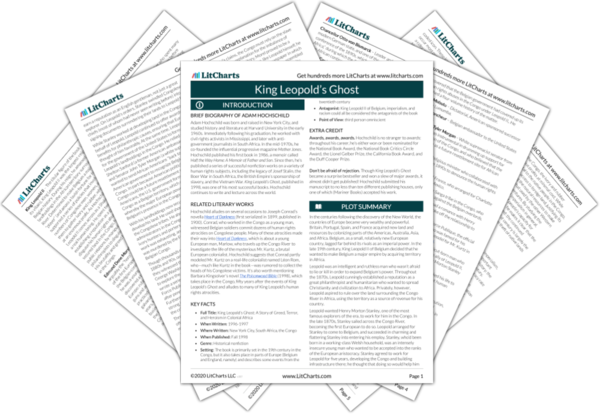Leopold continued to use well-placed agents and allies to further his interests—at the Berlin Conference, for instance, he ensured that the European powers would officially recognize Belgium’s holdings in the Congo through trade, which cemented the political legitimacy of Belgium’s claim to the Congo.
